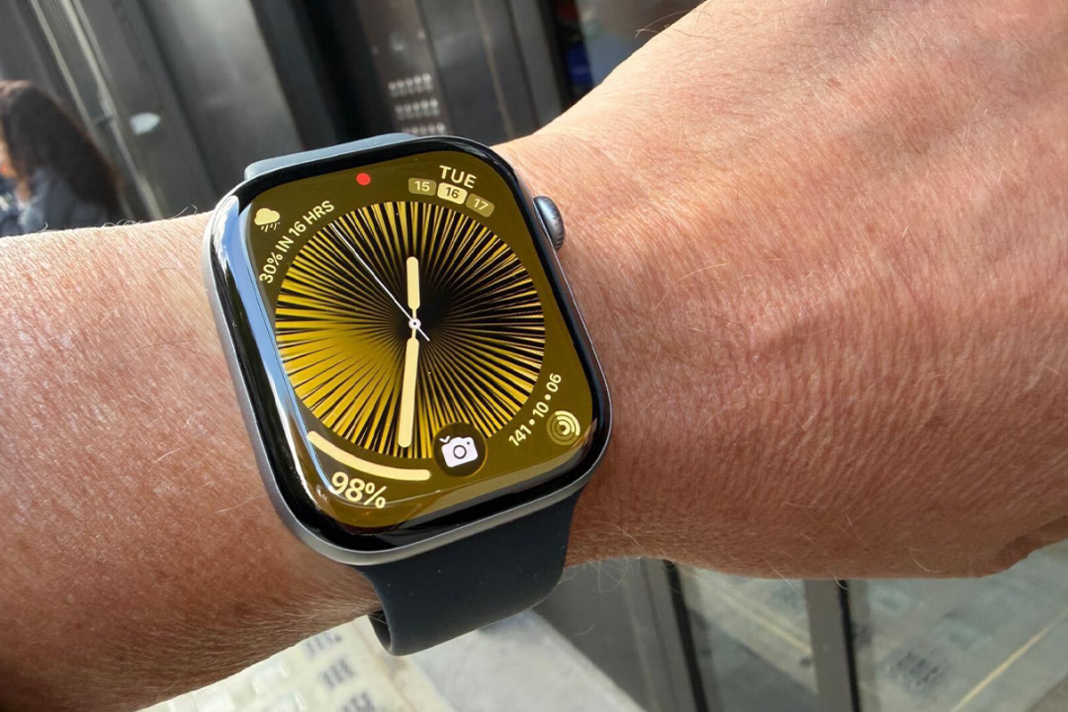Apple Watch’s New Hypertension Detection: A 30-Day Background Check for Your Heart
Apple’s latest Watch introduces a groundbreaking health feature: passive hypertension detection. Unlike traditional methods, it works in the background for 30 days, analyzing blood flow patterns to identify potential high blood pressure without showing specific numbers.
Key Takeaways
- New Apple Watch feature provides hypertension notifications after 30 days of passive monitoring.
- It measures blood flow response to heartbeats, not traditional systolic/diastolic numbers.
- The system has 92% specificity, meaning most notifications indicate actual hypertension.
- No calibration with traditional blood pressure cuff required.
Why Hypertension Matters
Dr. Sumbul Desai, Apple’s Vice President of Health, explains the motivation: “Hypertension affects more than a billion people worldwide, but less than half those cases are diagnosed. We wanted to raise awareness and give people more power to avoid complications.”
How It Works Differently
Traditional clinic measurements often fail because patients are nervous or rushed. Apple’s approach measures blood pressure as you live your daily life. “We wanted to get a sense of your blood pressure as you’re just living your life,” Desai says.
The system analyzes blood flow patterns that correlate with blood pressure over 30 days. “We’re measuring how the blood is flowing and what the response of the blood flow is to the beats of the heart,” Desai explains.
No Numbers, Just Notifications
Unlike heart rate monitoring, this feature doesn’t display specific numbers. Apple decided against showing exact figures due to natural variations throughout the day. Instead, the algorithm aggregates data over 30 days to identify patterns indicative of hypertension.
Accuracy and Reliability
The system prioritizes specificity over sensitivity:
- 92% specificity: High confidence in positive notifications
- 40% sensitivity: Detects 4 out of 10 actual cases
“For those that get a notification, we wanted to feel confident that they will have a positive result,” Desai notes. “If you get notified, you’re more than likely to have a condition.”
Continuous Monitoring
The system resets every 30 days if no issues are detected. Even after a notification, monitoring continues in the background. Assessments happen multiple times daily, excluding vigorous activities when heart rate is naturally elevated.
Dr. Desai believes this could “shorten the time frame that people get diagnosed with hypertension,” potentially revolutionizing early detection.




